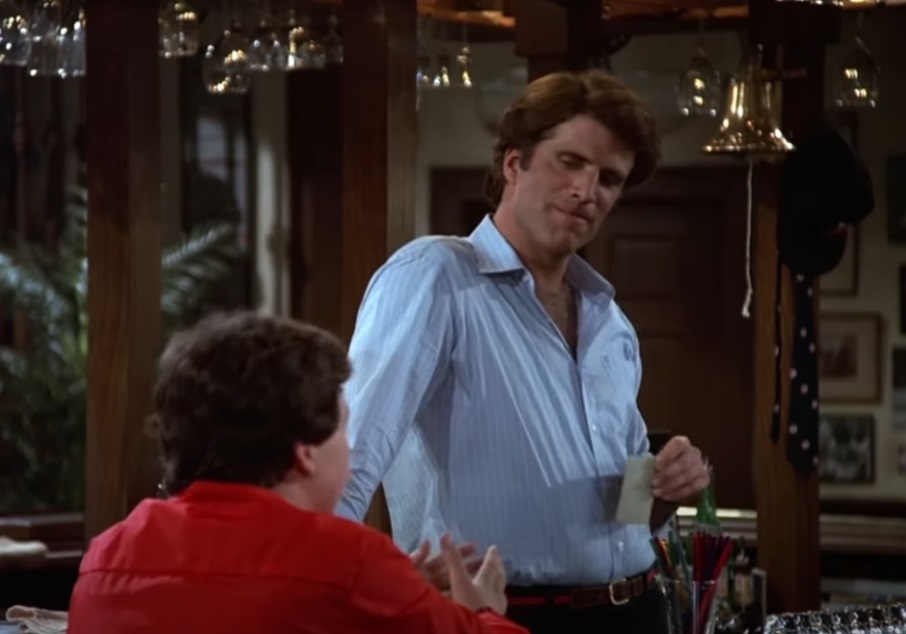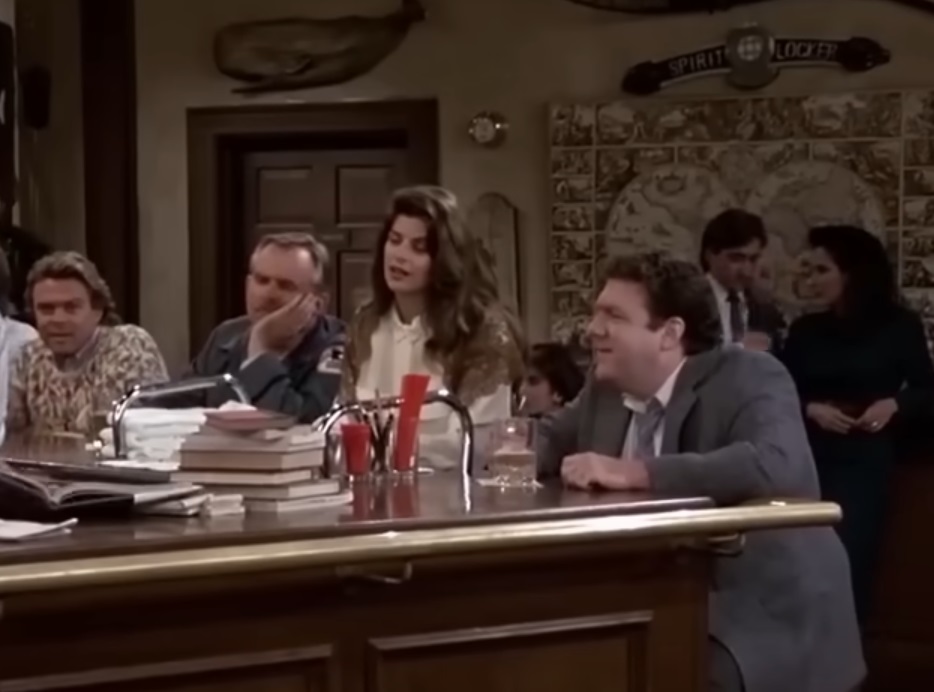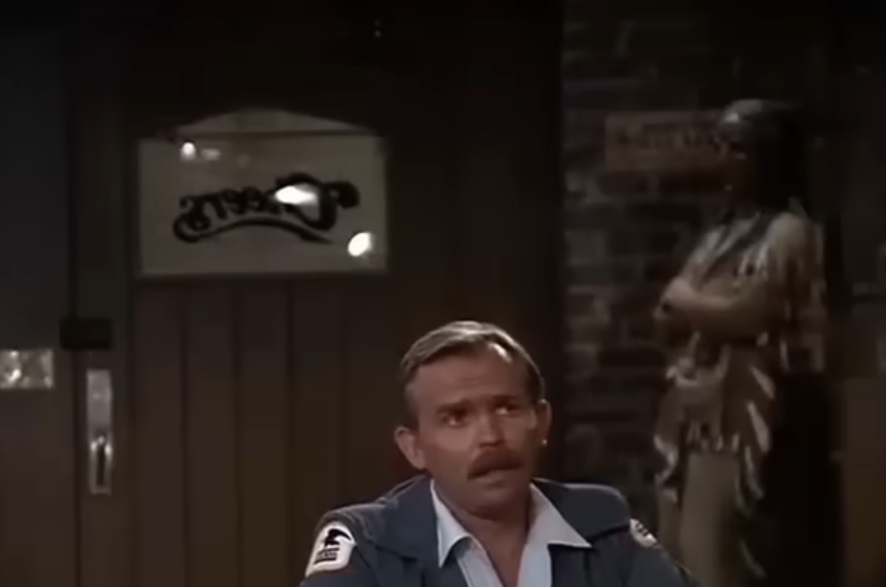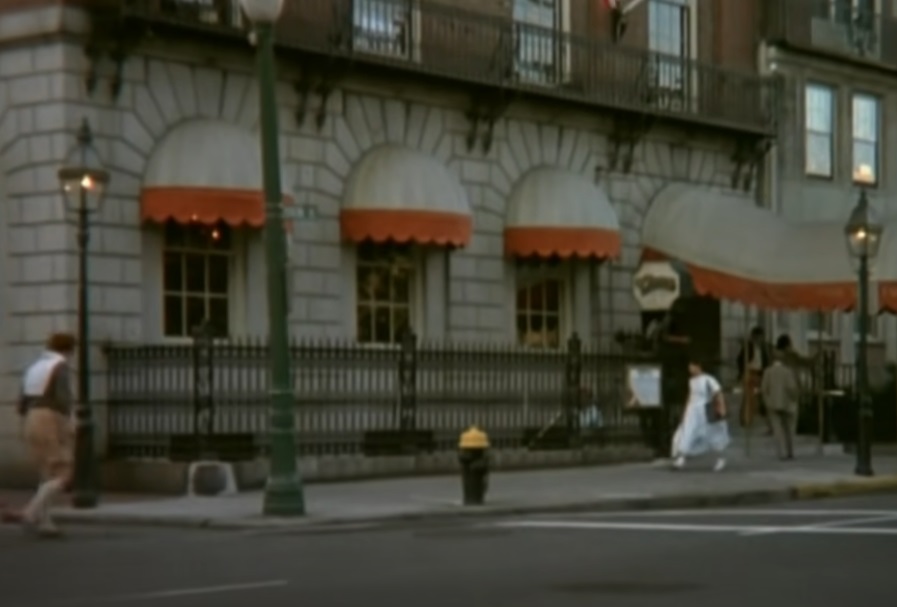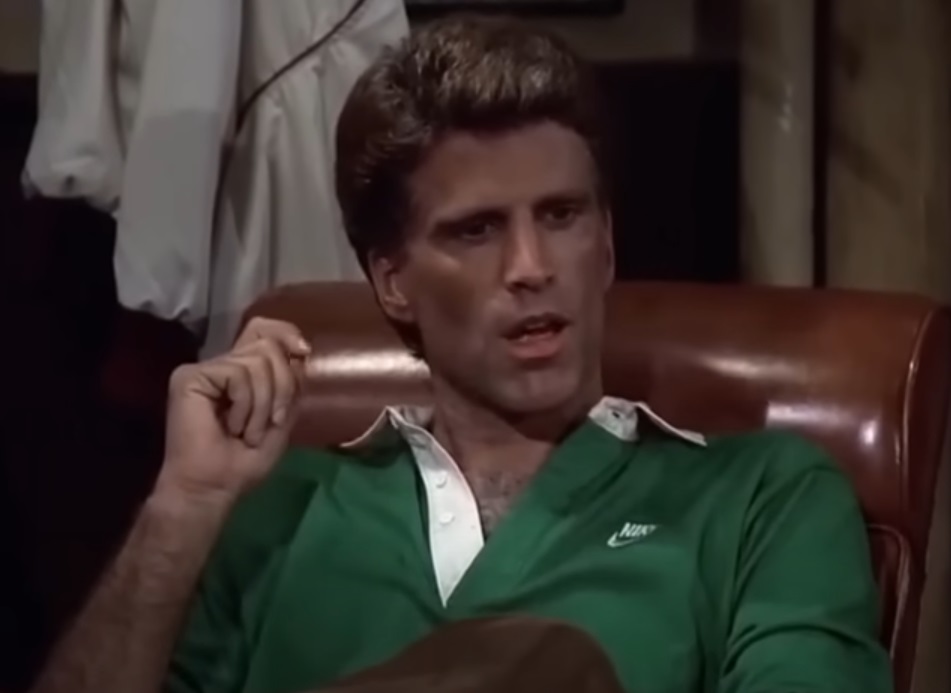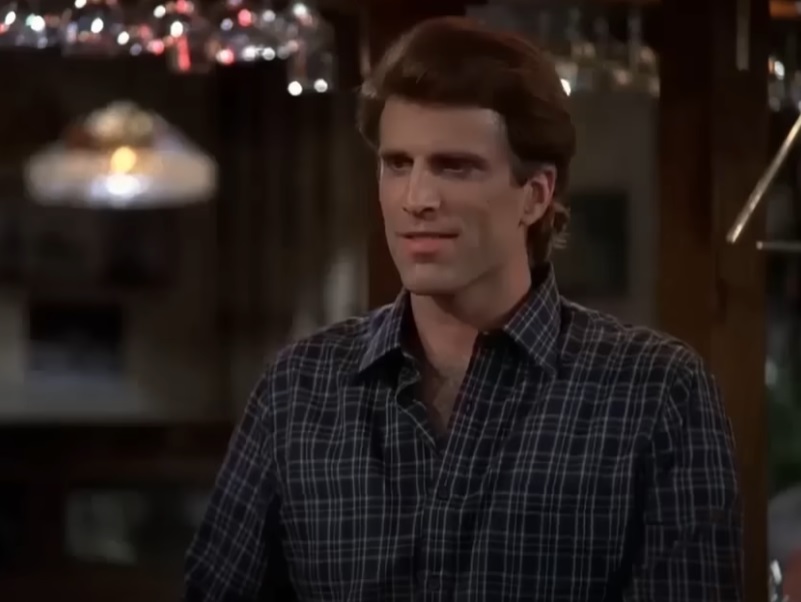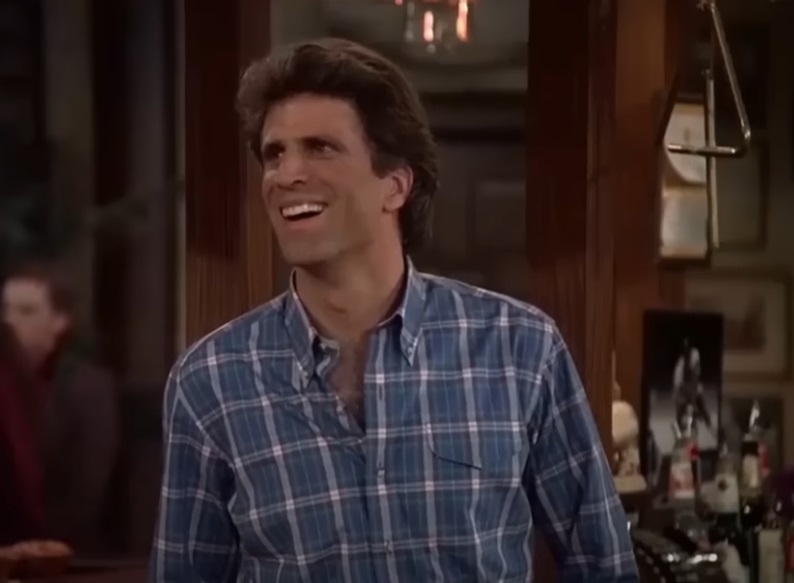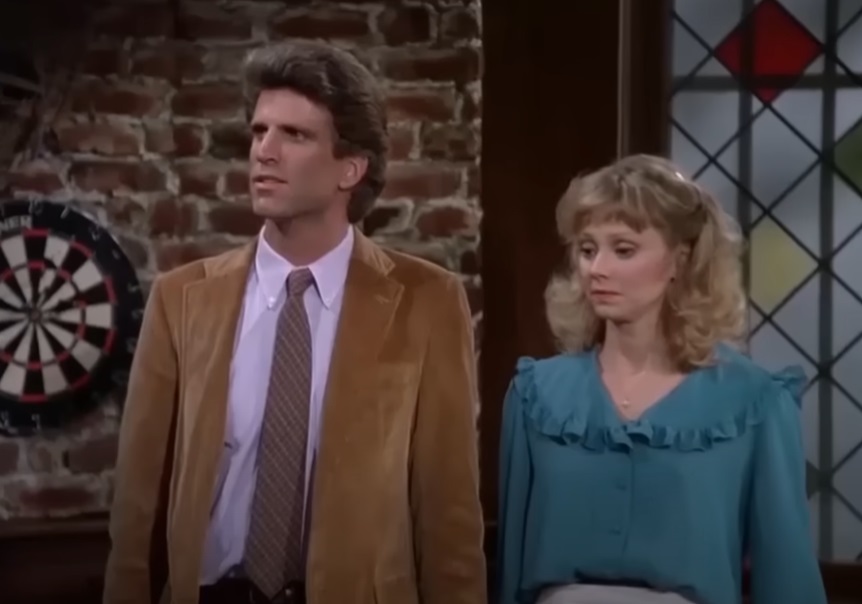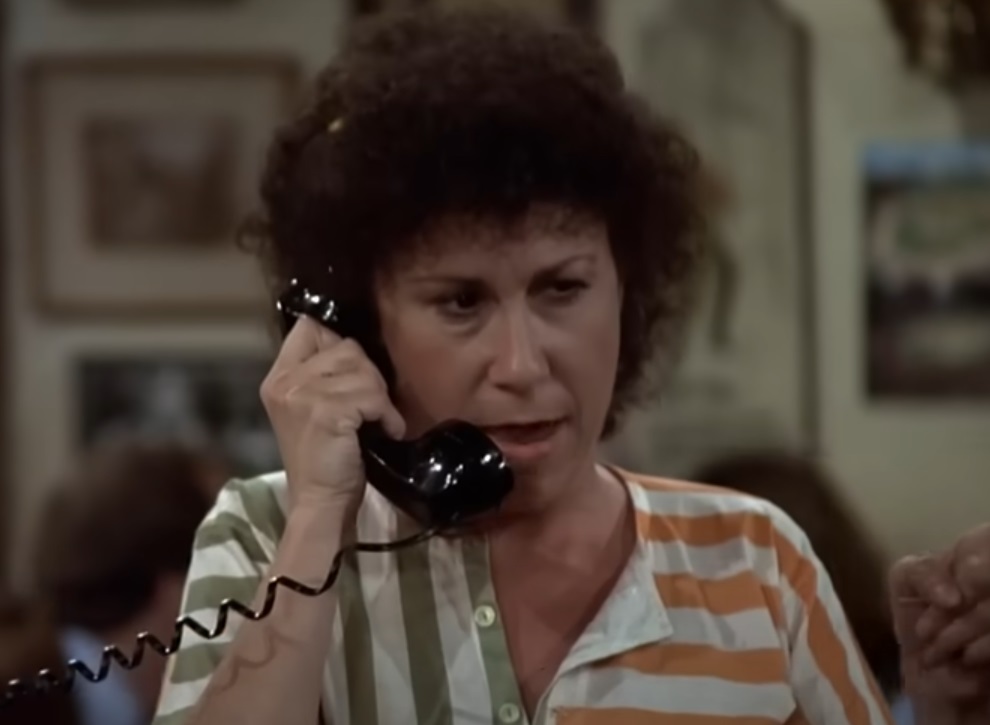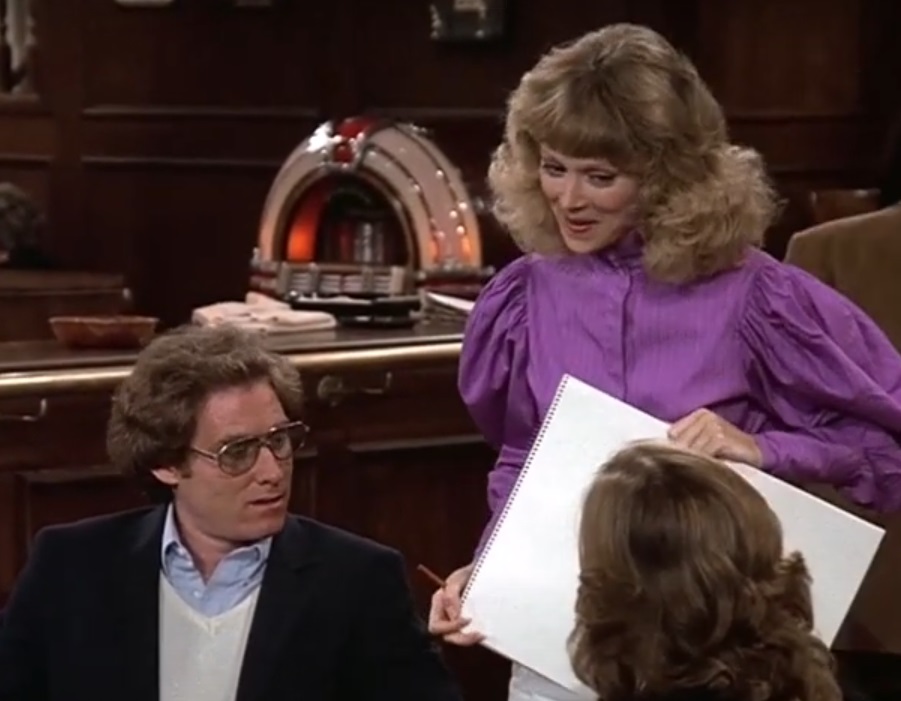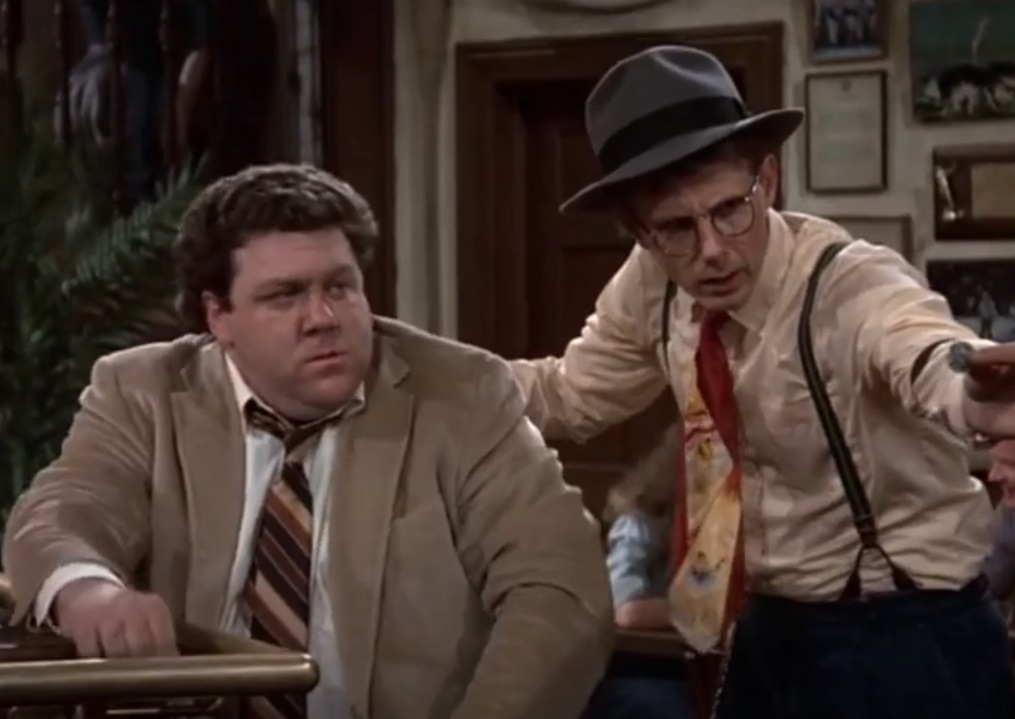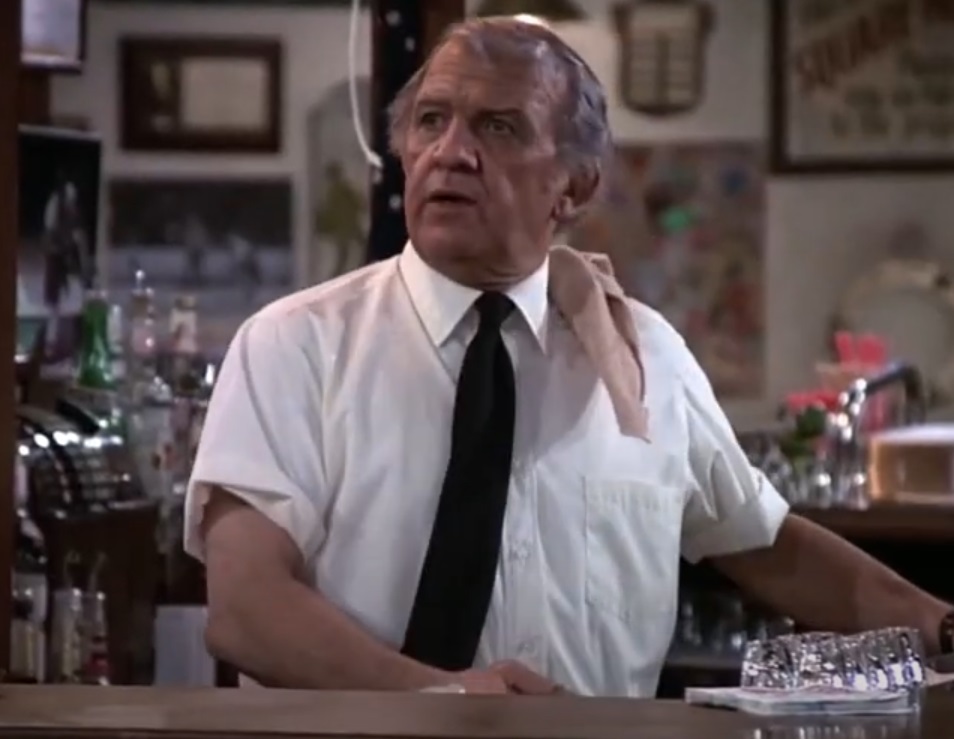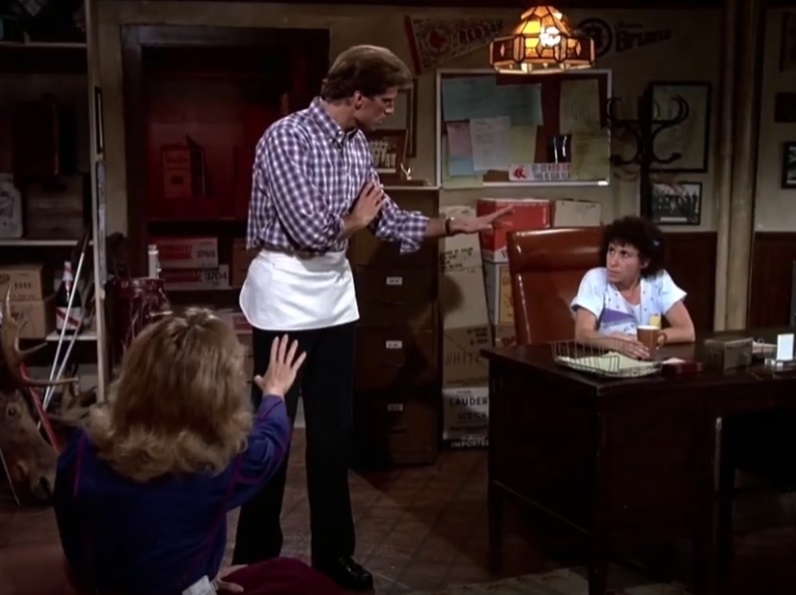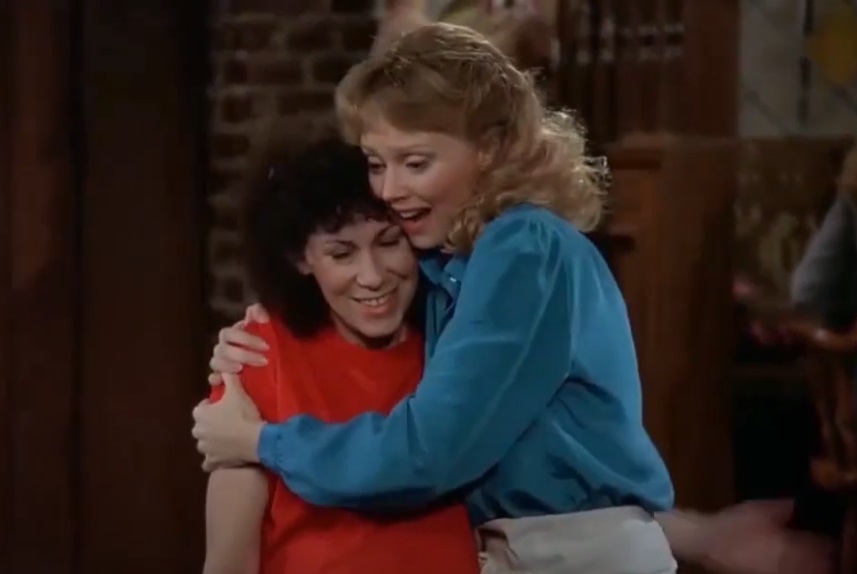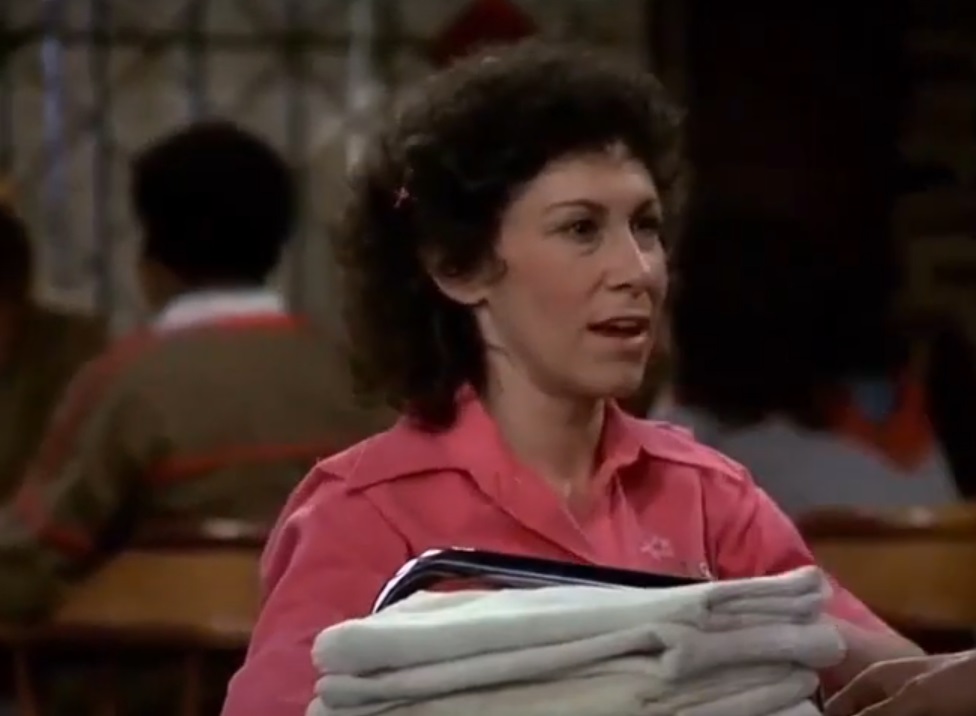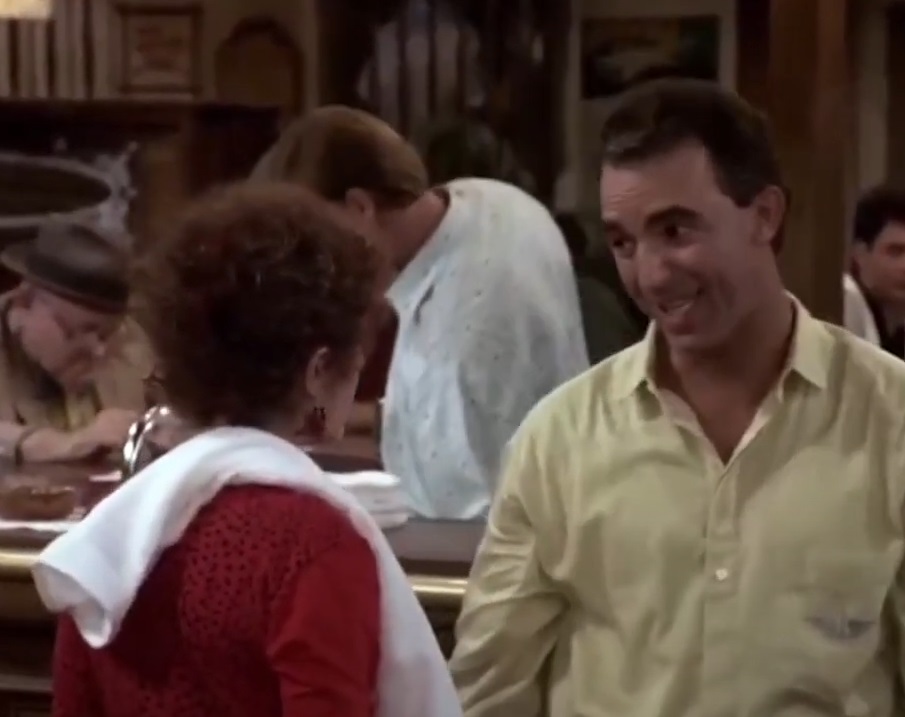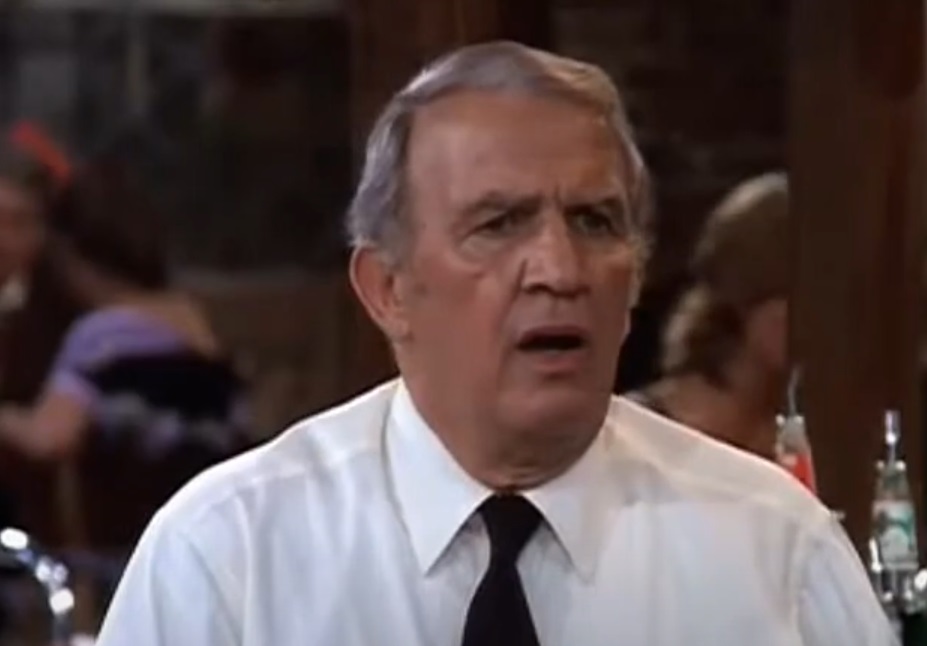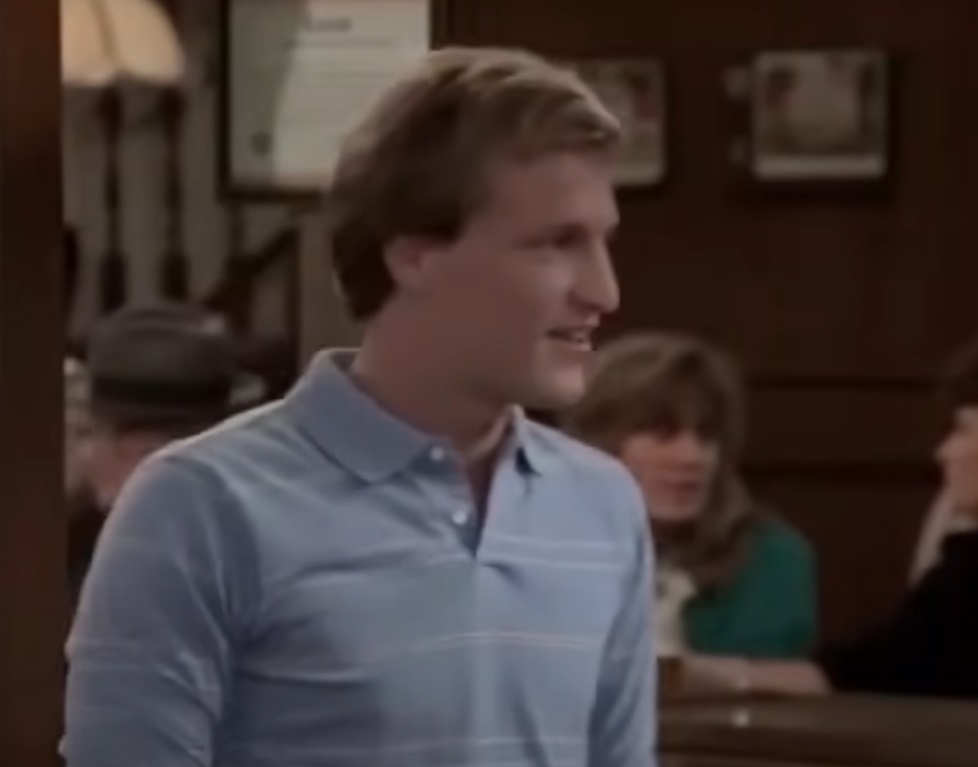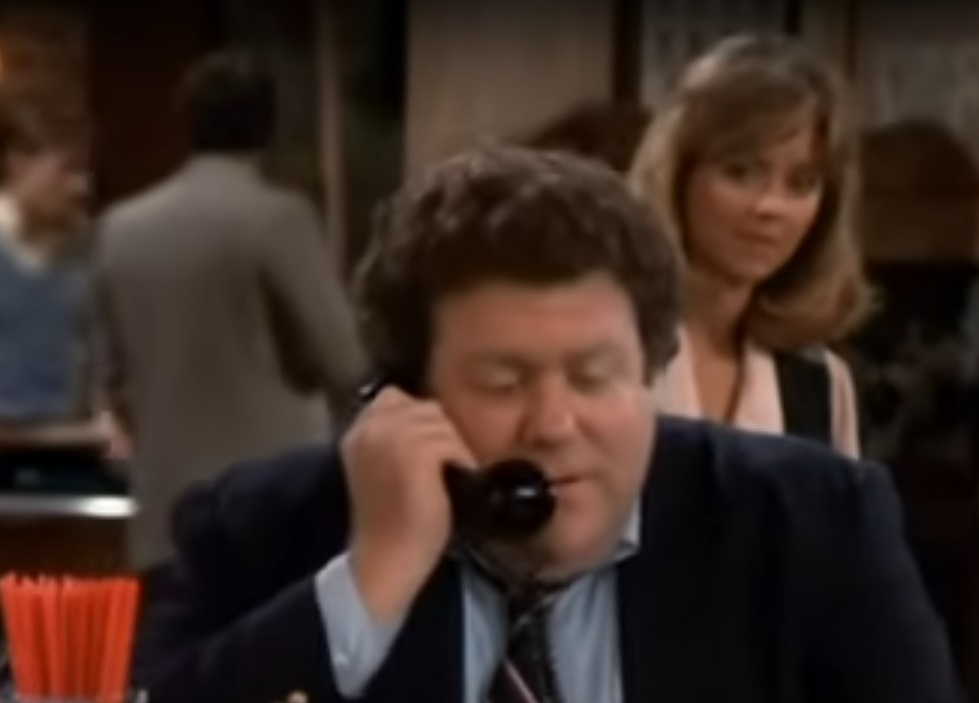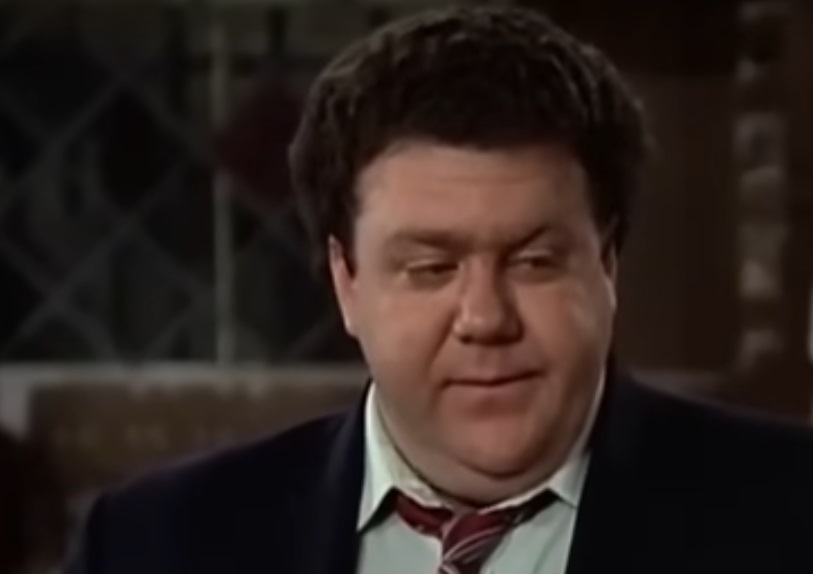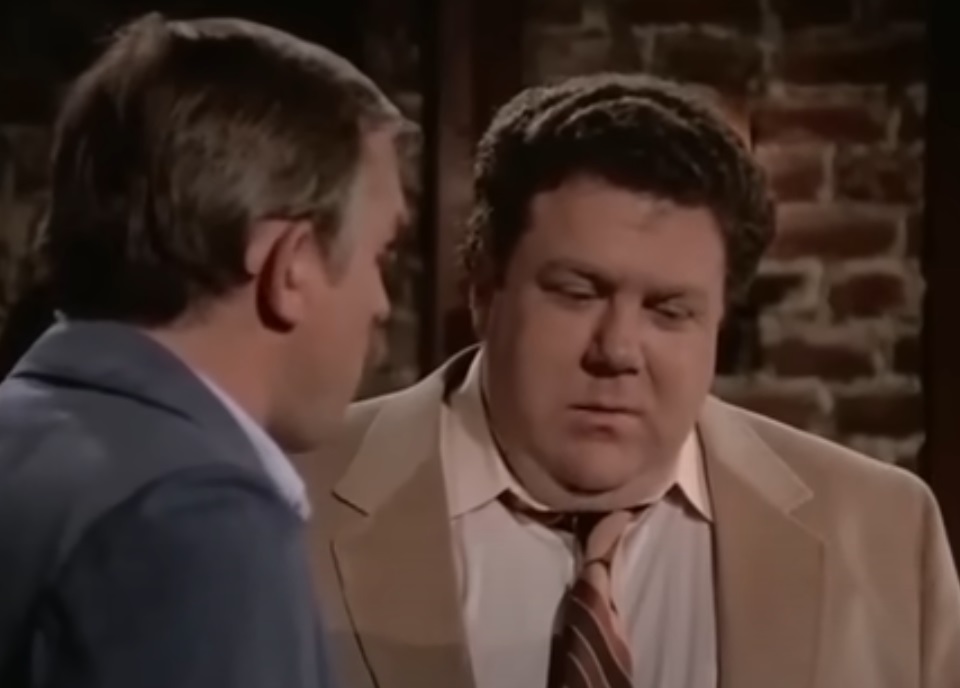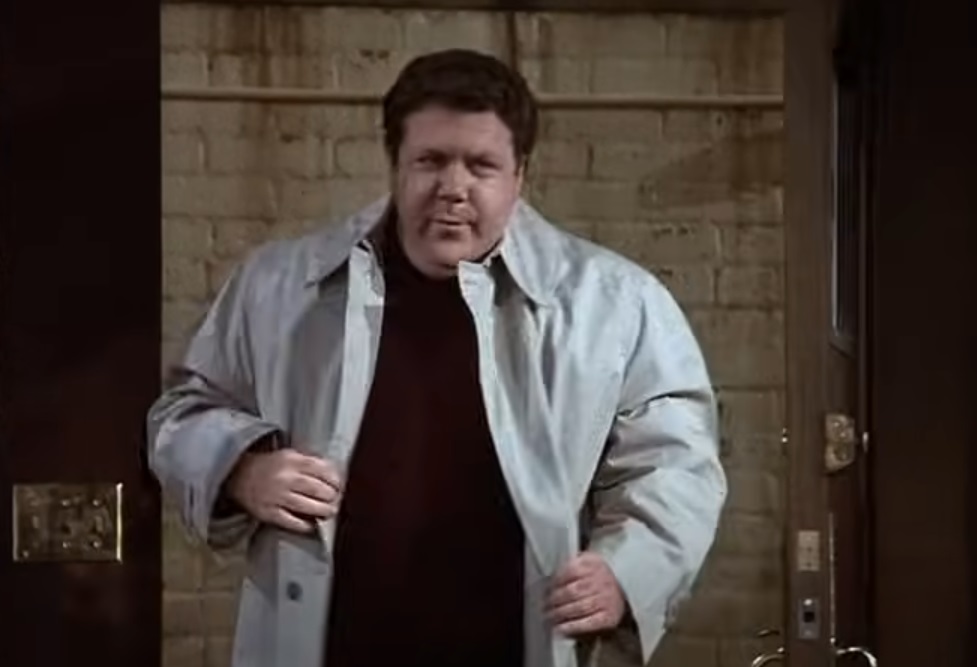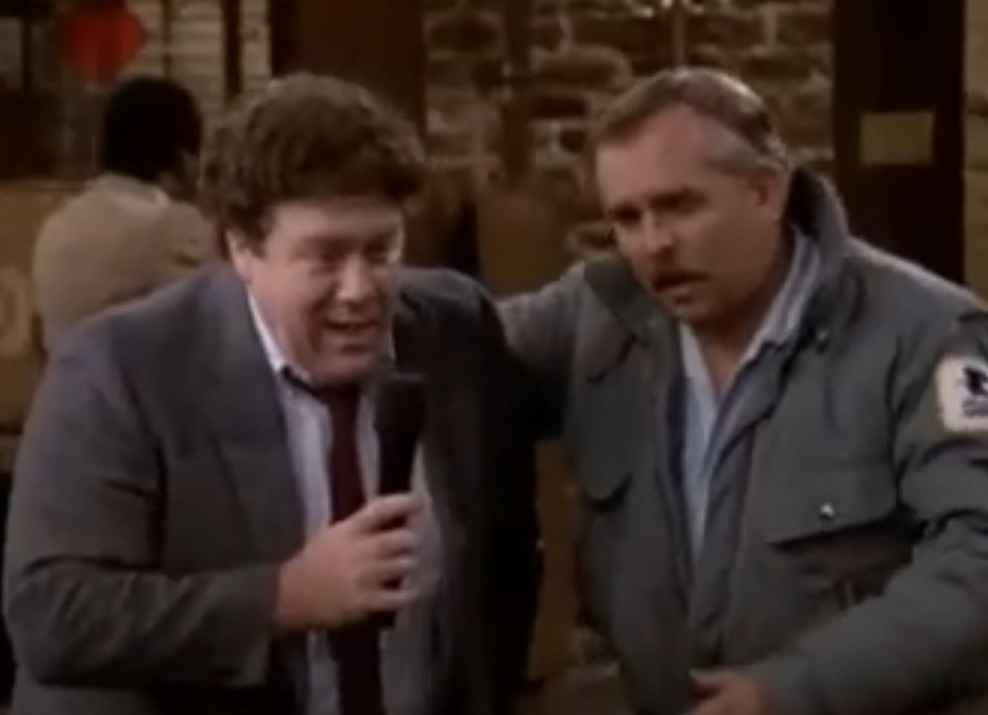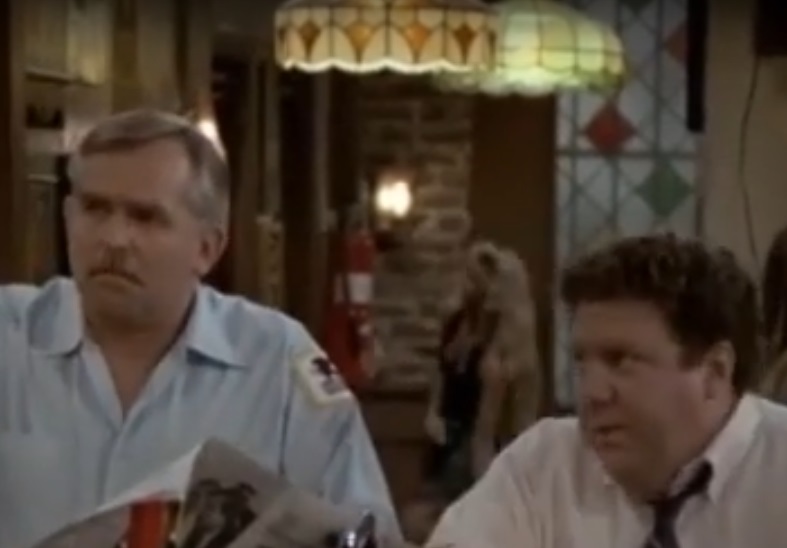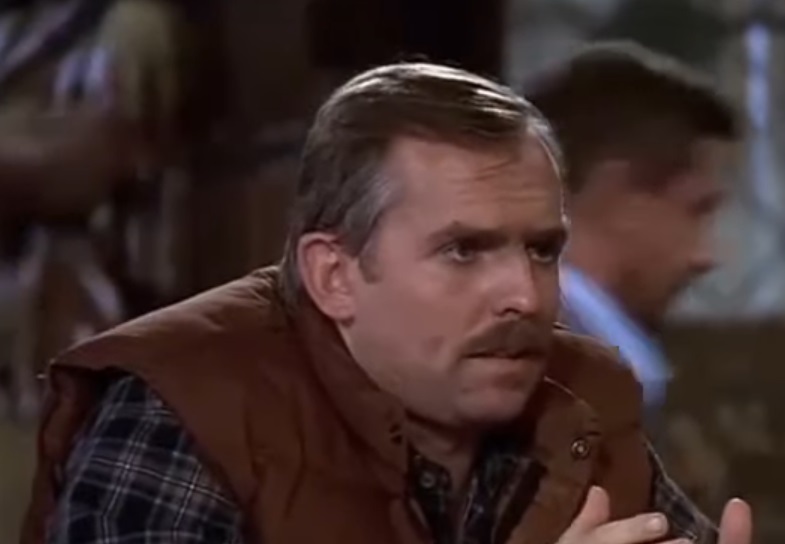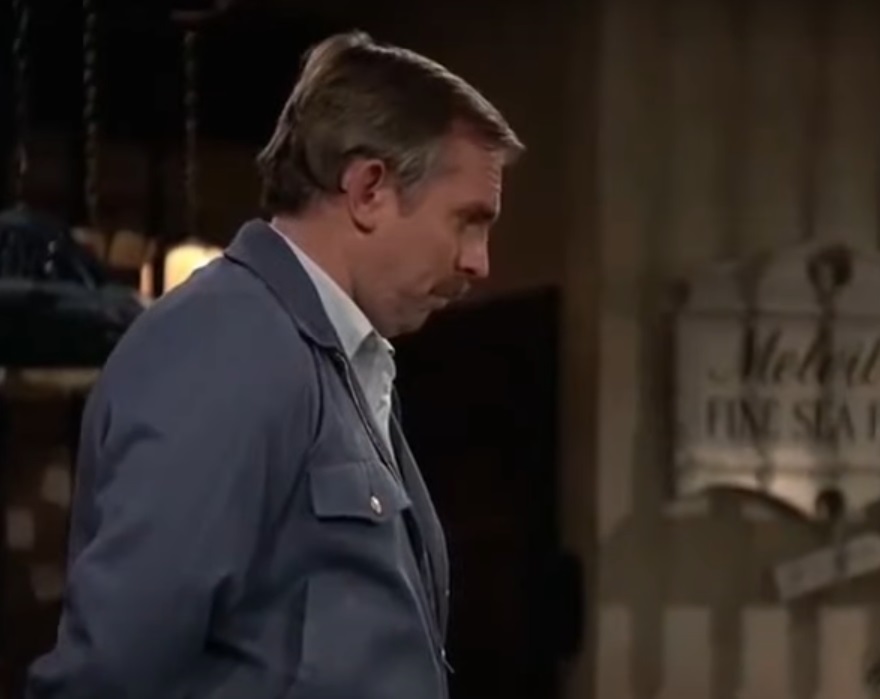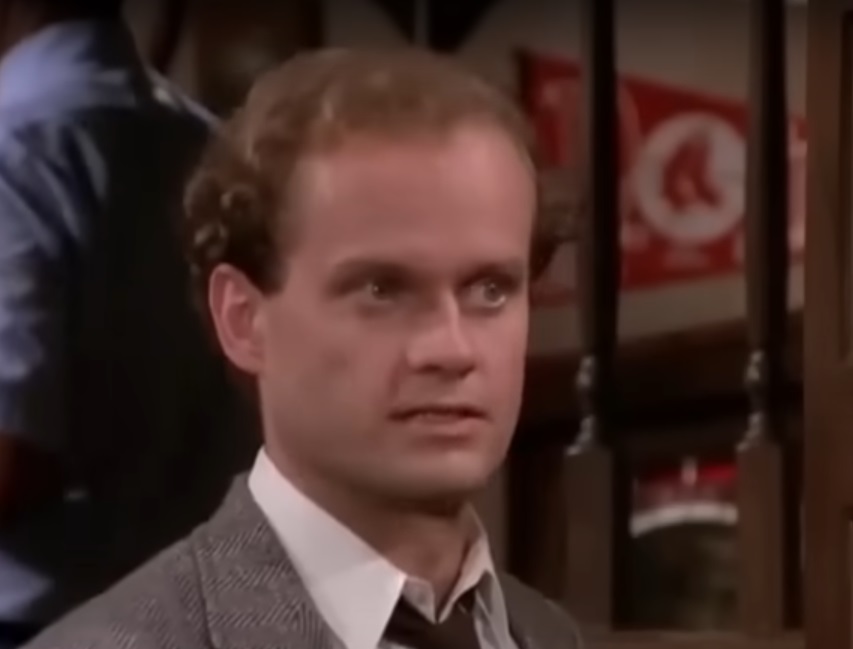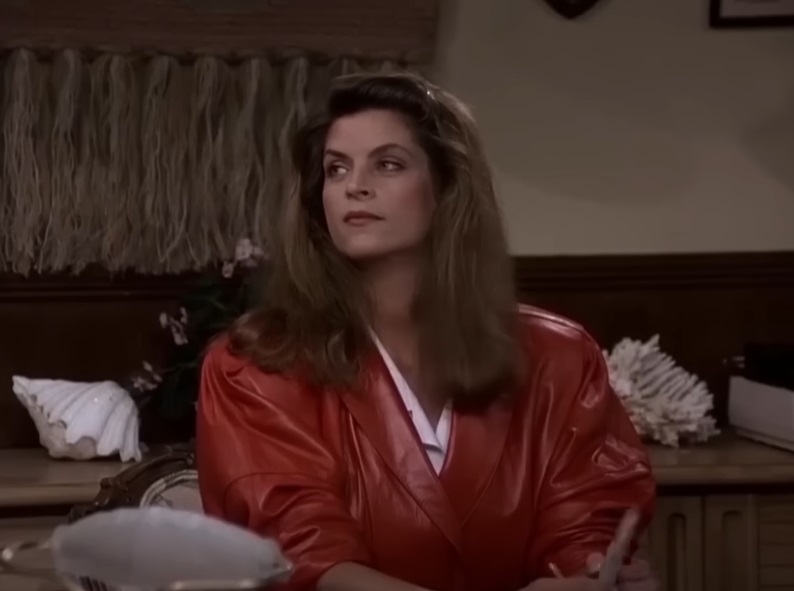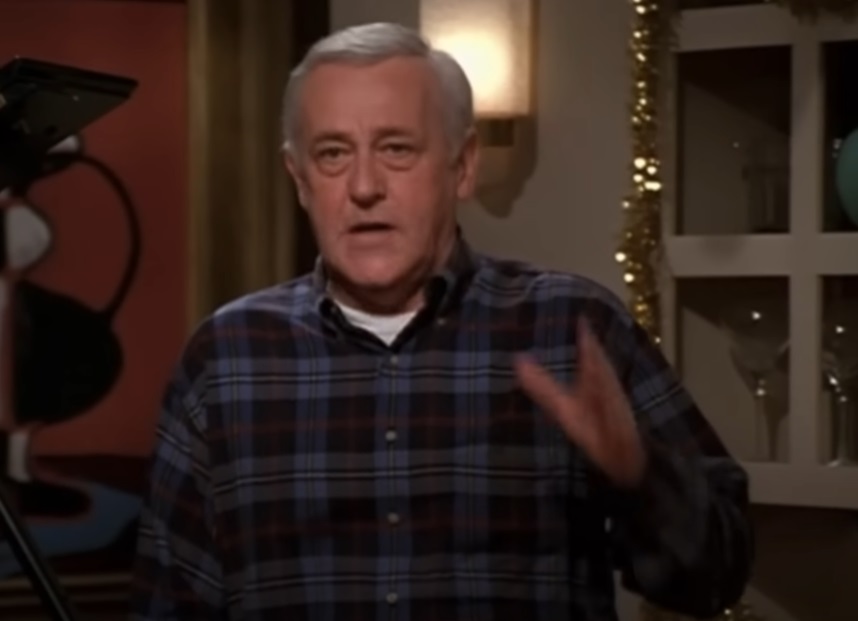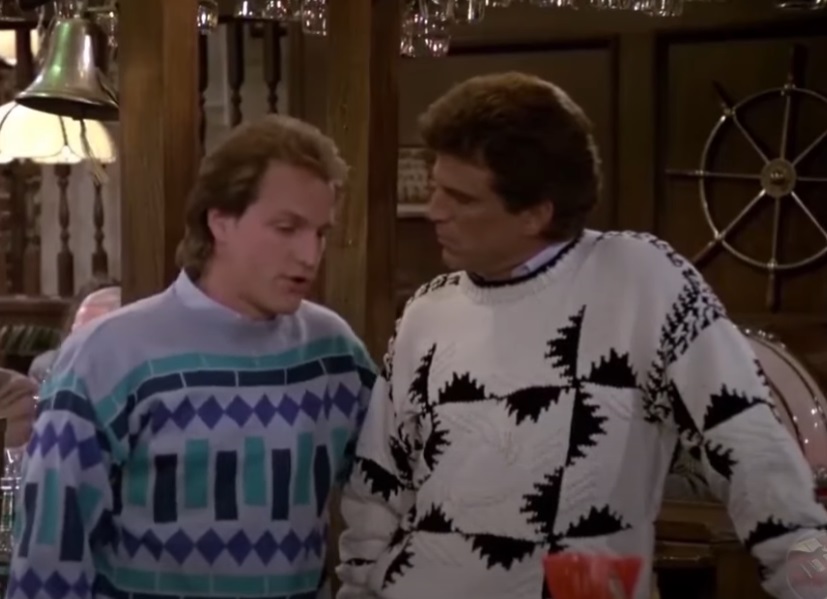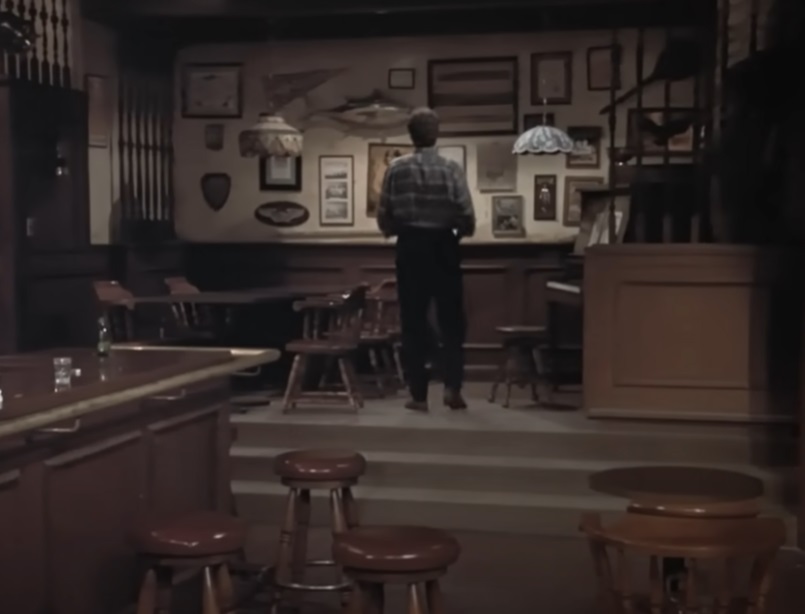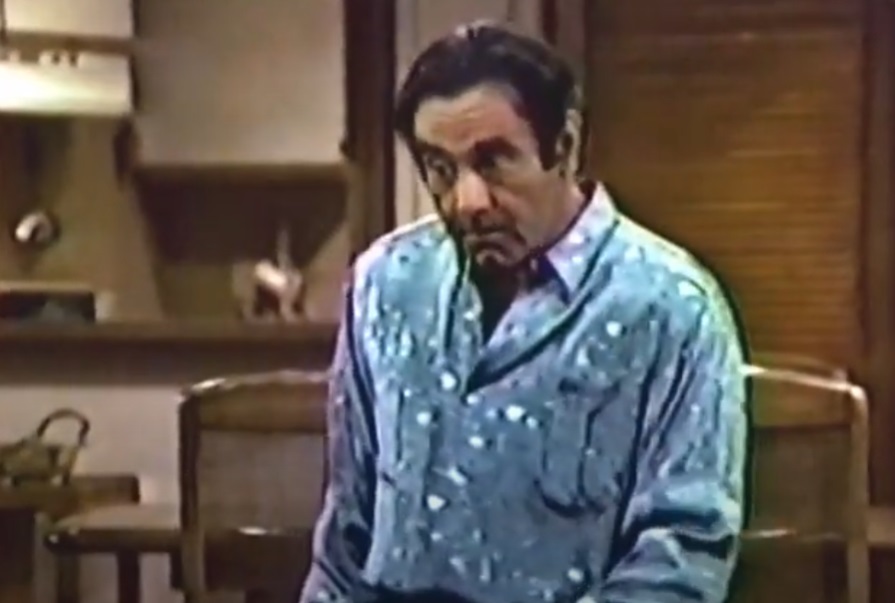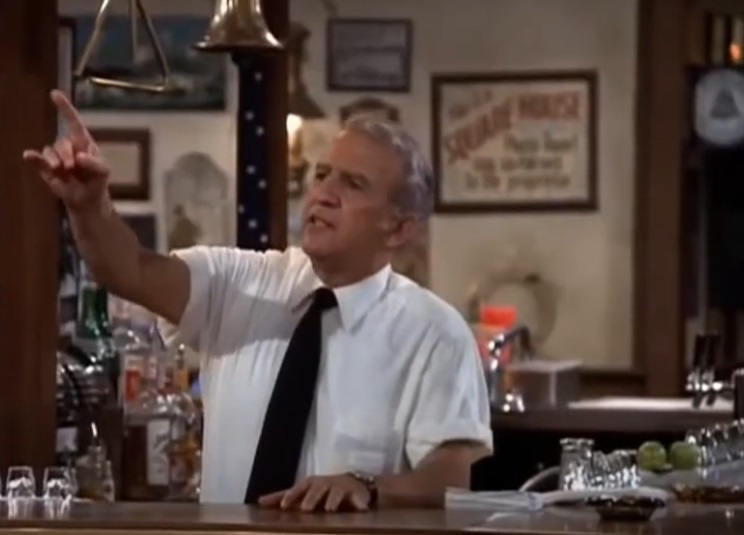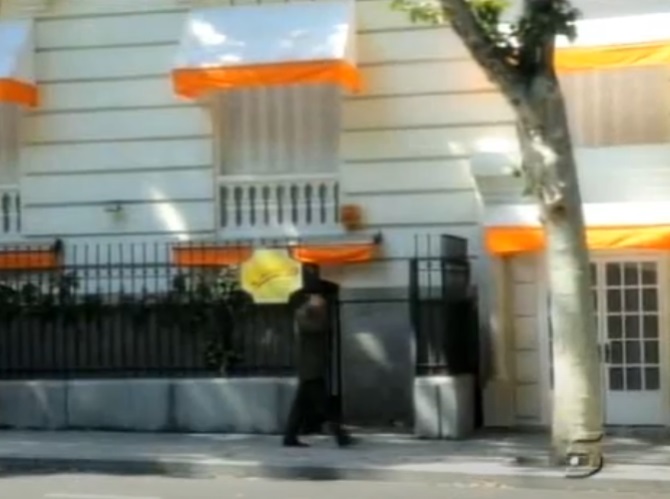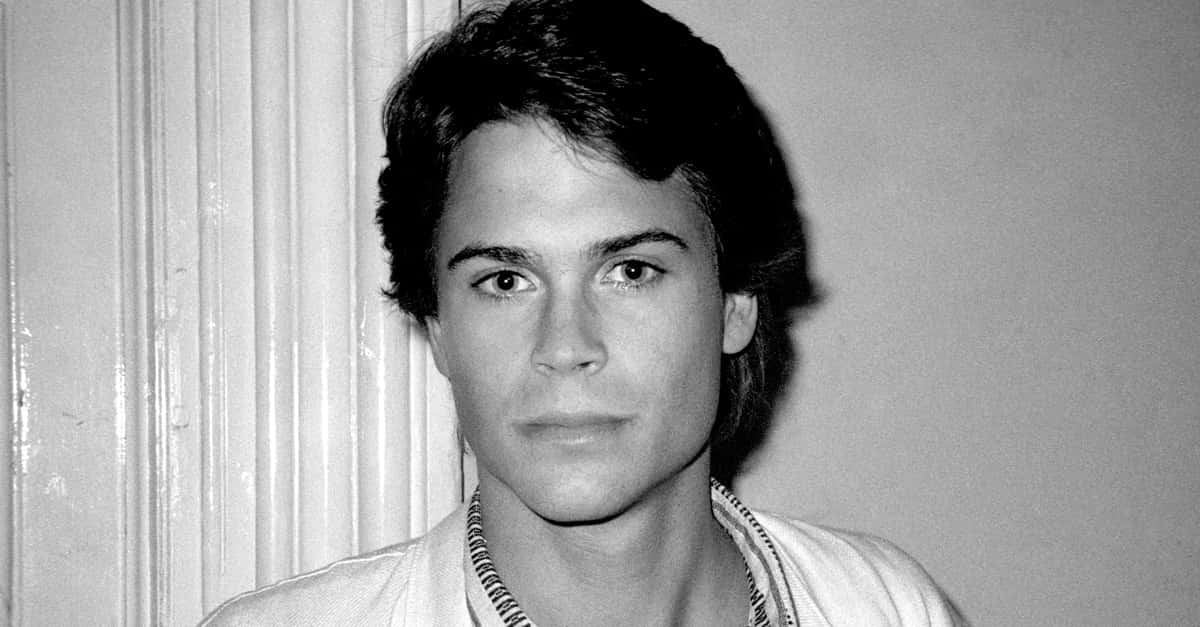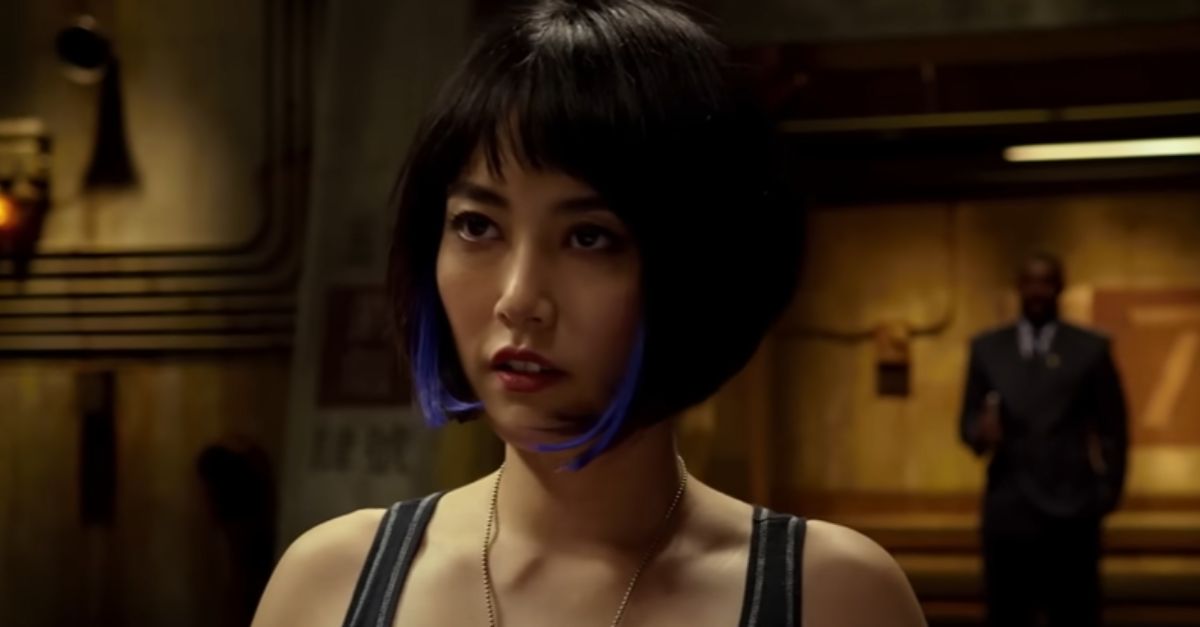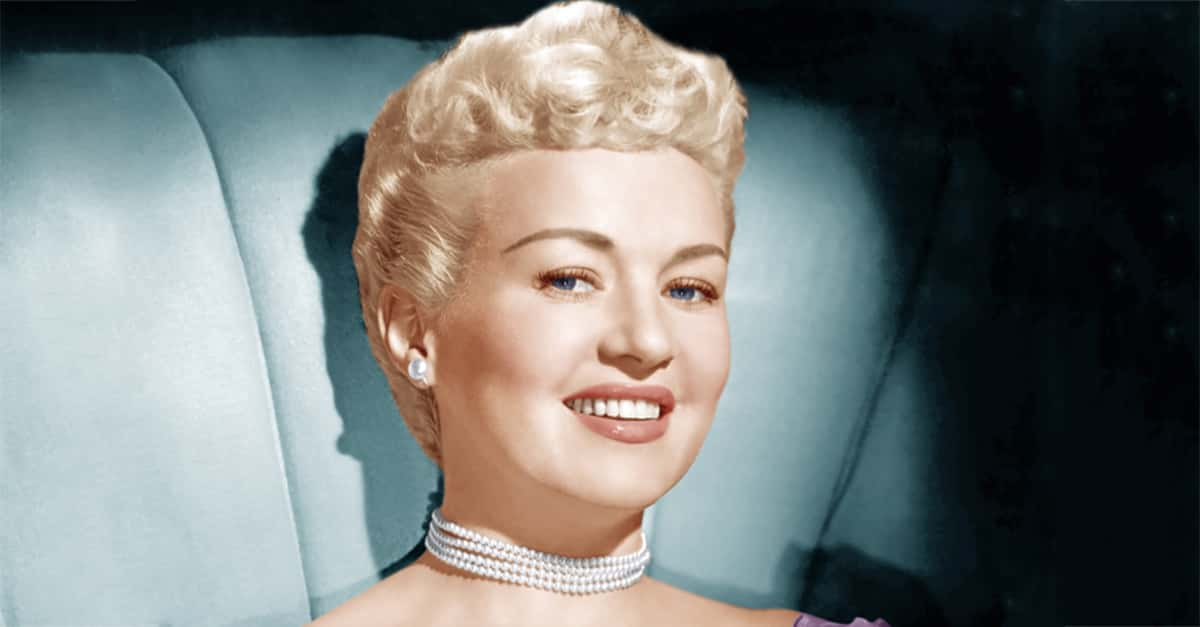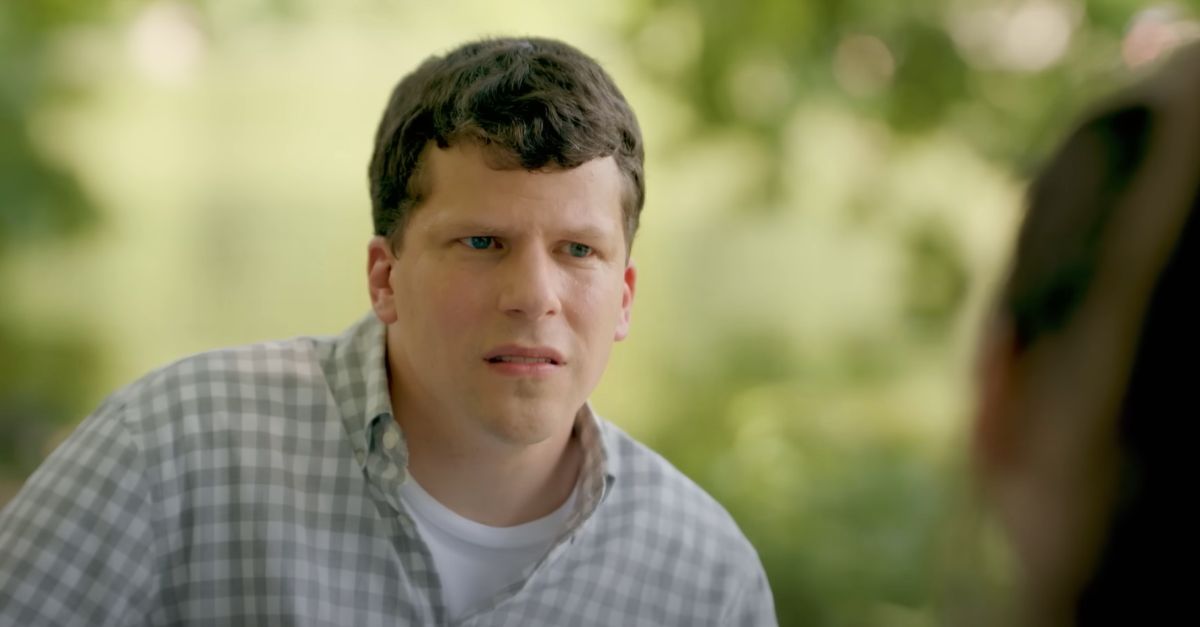Wouldn’t You Like To Get Away?
Before many fundamental shows like Friends or The Office began, one ensemble sitcom dominated television screens. The pilot of Cheers dropped in 1982, so naturally, between then and its eventual 1993 series finale, many of these fascinating tidbits and behind-the-scenes stories have been revealed.
Not An Immediate Success
It may be difficult to believe, but when Cheers’ pilot was released, it didn’t receive the same love it has now. In fact, the first ratings drove the series so close to cancellation, that it took NBC’s then-entertainment president to save it. This initial failure, however, would lead to a unique honor.
It Became First And Last
As viewership for the first episodes of Cheers was so low, the show has the honor of being the only sitcom in history to place first and last in ratings during its run. Of course, this kind of rise in fame led to how influential the show was, both on and off-screen.
It Was A Real Bar
Like other meeting places in sitcoms, the titular bar in Cheers was based on a real place. Inspiration and exterior shots of the bar came from The Bull & Finch Pub in Boston. Eventually in 2002, due to the show’s success, The Bull & Finch officially changed their name to Cheers.
In The Middle Of Nowhere
Although the big city setting feels so natural, the show was initially going to be something very different. In early talks, the creators of Cheers considered setting the series in a small town or the desert. However, they quickly realized that Boston would make the most sense—but that wasn’t the only major change they made.
It Wasn’t A Bar At First
The co-creators of Cheers, Glen and Les Charles, had been big fans of the British sitcom, Fawlty Towers. As such, their original idea was to have it take place in a hotel. However, they eventually realized it would have too many sets, and decided to instead choose just one of them: the hotel bar.
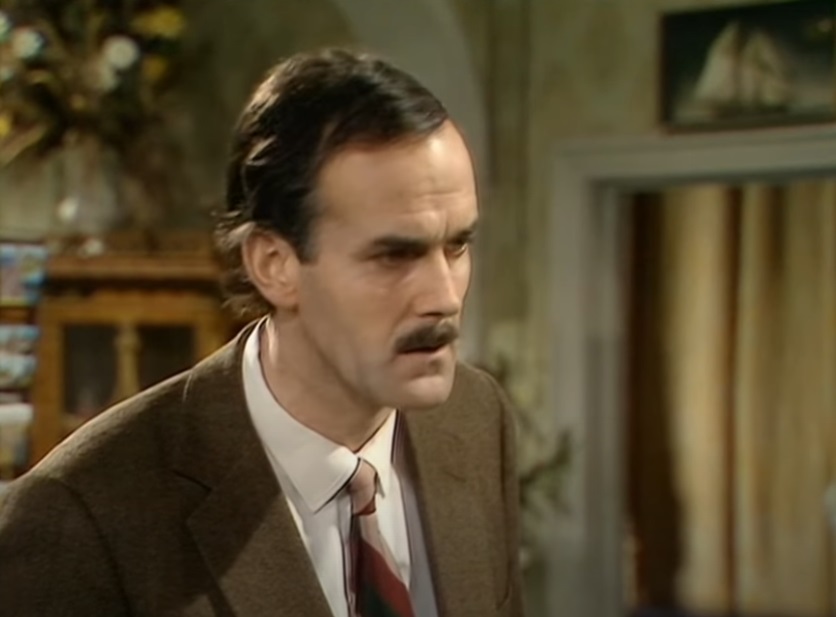 BBC Two, Fawlty Towers (1975-1979)
BBC Two, Fawlty Towers (1975-1979)
The Theme Used To Be Different
The theme song for Cheers has become one of the most recognizable in history. However, before it was changed to be more universal, it included more Boston-centric lyrics like, “Singing the blues when the Red Sox lose, It’s a crisis in your life”. This made sense as the show had a prominent baseball theme, but it wasn’t always that way.
Sam Played A Different Sport
Sam Malone the bartender was originally written to be a former wide receiver for the New England Patriots. Consequently, real-life former footballer Fred Dryer was chosen for the role. However, when Ted Danson showed better chemistry with his would-be co-star Shelley Long, he was given the job, and the character turned into a former baseball player instead.
He Trained For His Role
Ted Danson has spoken about how different he is compared to Sam Malone. Not only was he not much of an athlete, but he had no idea how to bartend. So, before he started filming Cheers, Danson went to bartending school to prepare. However, this wasn’t the only change he made for the role.
His Hair Wasn’t His
Ted Danson has since revealed that he had a large bald spot while on Cheers. What was initially hidden by a combination of combovers and coloring eventually led to him wearing a small hairpiece to play the main character. Of course, he wasn’t the show’s only protagonist.
Two Top Credits
The producers of Cheers had to juggle a lot during its run, including how Ted Danson and Shelley Long insisted that they were each the show’s star. To mediate, their names were placed in the bottom left and top right on the same opening credit screen. That way, either could be first depending on how they were read.
They Used Everything
The average Cheers episode starts with an opening teaser before the theme song plays, for which the producers would use everything at their disposal. Most of these teasers were written by low-level writers or were reused scenes cut from previous episodes.
It Was A First In Writing
When Cheers came out, most of the sitcoms on TV featured weekly episodes of self-contained stories. However, the series helped revolutionize the genre by becoming one of the first to popularize season-long story arcs and cliffhangers. There are even more reasons why the show is unique, though.
No Drinking And Driving
For being set in a bar, Cheers took an unprecedented responsibility with their stance against drinking and driving. Beyond deciding not to have anyone leave the bar to drive home inebriated, the show eventually helped popularize the concept of a designated driver. Not to mention, it would have been impossible for the cast to become intoxicated as well.
The Drinks Weren’t Real
For practical reasons, the actors in Cheers couldn’t be drinking real booze the whole time. Instead, a non-alcoholic, flat ale was used in the bar’s taps. It apparently wasn’t very good, as it was warm and had salt added to seem carbonated. However, not everything was made up.
Viewers Thought The Audience Was Fake
Around the middle of season 1, audiences began complaining that the recorded laugh track was too loud to hear the dialogue. The producers were confused as there was no laugh track, and from then on, a disclaimer was added to each episode saying, “Cheers is filmed in front of a live studio audience".
It Was Loved By A Literary Giant
It should be noted that since the series was so popular when it was running, celebrities were fans too. Kurt Vonnegut, the famous author of such novels as Cat’s Cradle and The Sirens of Titan was a huge fan. He even admitted that he would have rather written Cheers than any of his works. Still, the show’s famous fans weren’t limited to the literary world.
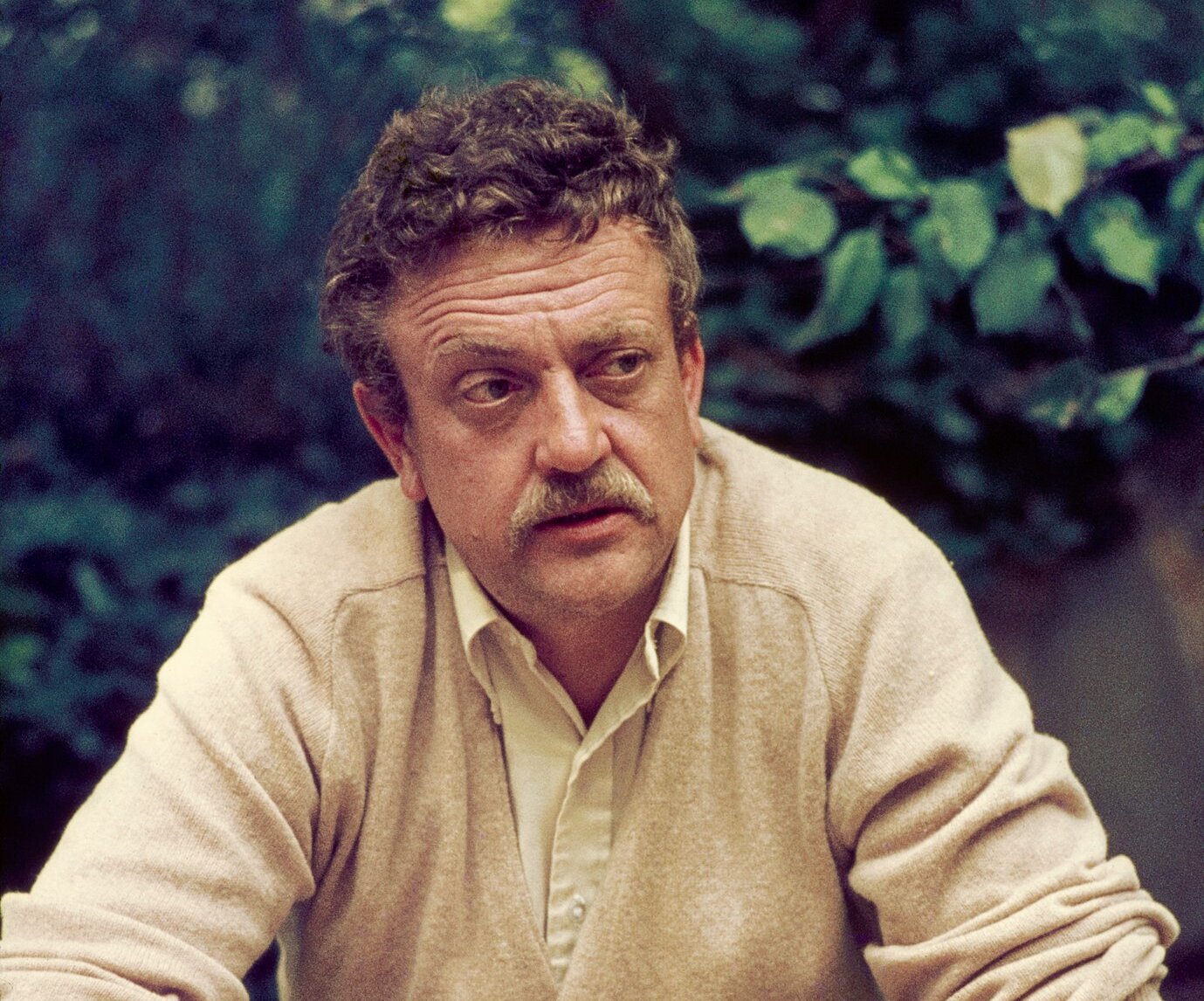 Bernard Gotfryd, Wikimedia Commons
Bernard Gotfryd, Wikimedia Commons
They Received A Royal Visit
It’s everyone’s dream to visit the set of their favorite show, but for some people, it's simply a phone call away. After actress Kirstie Alley joined the cast of Cheers, she brought her friend to the set to meet everyone. Her friend in question? The artist formerly known as Prince. He never asked to be on the show, unlike another celebrity.
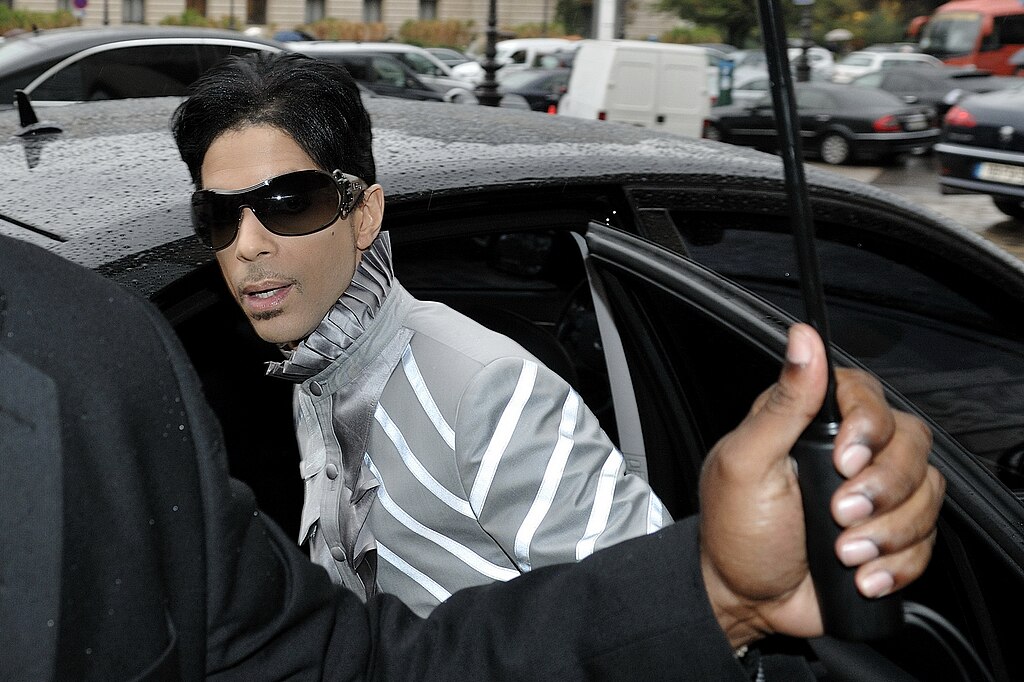 nicolas genin, CC BY-SA 2.0, Wikimedia Commons
nicolas genin, CC BY-SA 2.0, Wikimedia Commons
Diane’s Almost Famous Mother
Around the time of the first season, sitcom icon Lucille Ball contacted the showrunners saying she was a fan and would love to be on it. The writers imagined her as Diane’s mom, but after consideration, Ball decided against it as she felt fans wouldn’t want to see her as anyone but her I Love Lucy role.
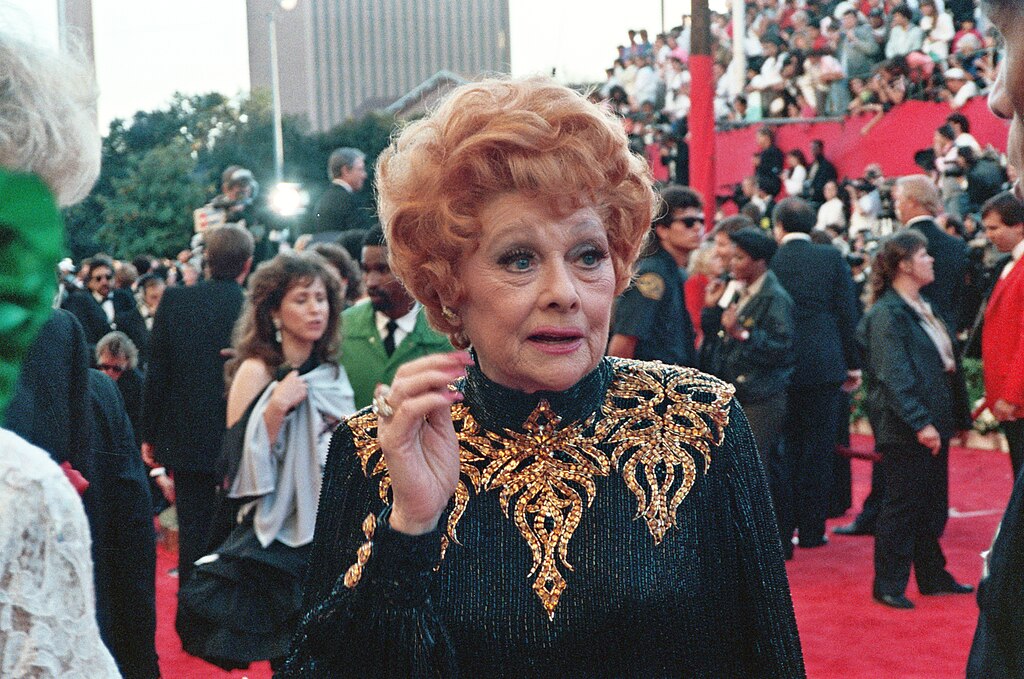 Alan Light, CC BY 2.0, Wikimedia Commons
Alan Light, CC BY 2.0, Wikimedia Commons
A Double Pregnancy
During the third season of Cheers, both Shelley Long and Rhea Perlman had become pregnant. While Perlman’s character Carla was also written to be pregnant, it was decided that Diane would not be. Instead, they hid Long’s pregnancy through various filmmaking tricks. Of course, this wasn’t the only instance of Perlman’s life mixing with the show.
It Was A Family Business
Rhea Perlman wasn’t the only one in her family involved with Cheers. It turns out that not only was her father, Phil, an extra in over 30 episodes, but her sister, Heide, was a writer and producer on the show as well. On the other hand, some of her fictional family didn’t stick around for too long.
Her TV Husband Was Fired
In Cheers, Carla becomes involved with a hockey player named Eddie LeBec (Jay Thomas), eventually getting married. Unfortunately, Eddie sadly loses his life in a Zamboni accident during season 8. This abrupt end was allegedly due to Thomas speaking on his radio show about how being on the show was “brutal” because he had to kiss Rhea Perlman.
There Was A Heavy Loss
Before Nicholas Colasanto tragically passed in 1985, he often had trouble remembering lines as Coach and would write them down in different places around the set. One place near the entrance became a sacred spot, where the cast would touch as they walked by in remembrance. While recasting Colasanto was out of the question, the bar still needed an assistant bartender.
A Coincidental Name
In introducing a new assistant bartender, the intention was never to replace Coach with a carbon copy but to introduce a more youthful character. The result was Woody Boyd, played by Woody Harrelson, although the character was written before anyone auditioned. However, this isn’t the only time life imitated art on the show.
It Was His Actual Wife
One of the many running jokes in Cheers is that viewers never saw the face of Norm’s wife, Vera. Her voice, though, was heard a few times and was provided by Bernadette Birkett—the real wife of Norm’s actor, George Wendt. That’s not Norm’s only real-life connection, though.
The Real Norm
As a long-standing fan-favorite, it might surprise some to know that the character of Norm has roots in reality. Co-creator of Cheers, Les Charles, had worked at a bar in college, where one of the regulars was a man he based Norm on entirely. He didn’t share the character’s name, but would often ask the bartenders to tell his wife that he wasn’t there.
His Real Name
Speaking of the real side of Norm, it’s revealed later in the series that that’s not even his first name. His full name is Hillary Norman Peterson, after his grandfather. Still, even though it’s not his real name, “Norm” became iconic in the show, especially with the audience.
The Audience Participated
Possibly the most famous running gag on Cheers is that whenever Norm arrives at the bar, everyone yells his name to greet him. As the show went on and viewers became more familiar with the character, those in the studio audience started participating too. Of course, it’s impossible to include Norm without mentioning his best friend.
They Weren’t Regulars At First
Two of the most memorable characters on Cheers were initially meant to only be extras. George Wendt was called in to be a patron with one line in the pilot before the part was changed to Norm. John Ratzenberger also tried out for a different part than Cliff Clavin, inventing the know-it-all character at the audition before he left. This convinced the producers to make him a regular, giving Norm his best friend.
Cliff Was Norm
John Ratzenberger and George Wendt share another connection—that the other part Ratzenberger auditioned for had actually been Norm. He didn’t think they were impressed with him, which led to his improvised character pitch. Ratzenberger’s improv didn’t stop there, though.
He Improvised His Trivia
One of Cliff’s staples was his habit of reciting facts off the top of his head, which were often false. As the series went on, this became more of a team effort as John Ratzenberger was allowed to improvise a lot of this trivia on his own.
A Career In Pixar
Even beyond Cheers, John Ratzenberger became a regular of a different franchise, or at least his voice did. Until the 2021 release of Luca, Ratzenberger was the only actor to have acted in every Pixar feature film. That wasn’t the only record held by a cast member.
Frasier’s Long Performance
Introduced in the third season, Frasier Crane (Kelsey Grammer) became a Cheers mainstay and eventually received his own successful spin-off, Frasier. In totality, Grammer portrayed the character for twenty consecutive years, setting a record for American sitcom actors.
She Refused To Appear
In its long run, Frasier saw guest appearances from each of the main characters on Cheers, except for one. Kirstie Alley, who played Rebecca Howe, refused to appear as Frasier’s career in psychology clashed with her beliefs in Scientology. However, another character did appear on the spin-off, who maybe shouldn’t have.
His Dad Was Resurrected
In an episode of Cheers, Frasier explains that he had lost his father, which may have been intended to be true. However, by the time of the spin-off, Frasier, his father was written to be a main character, with their estrangement being the explanation for the lie.
A Different Frasier
It’s hard to imagine anyone else but Kelsey Grammer playing the iconic Frasier, but he wasn’t even the first choice for the character. In fact, the producers initially wanted John Lithgow in the role, but he declined as he wasn’t interested in doing TV. Oh, how those tables eventually turned...
Still, Lithgow wouldn’t be the last actor to refuse a role on Cheers.
 Rubenstein, CC BY 2.0, Wikimedia Commons
Rubenstein, CC BY 2.0, Wikimedia Commons
They Caused The End
All good things must end, and Ted Danson’s role as Sam Malone was no different. After revealing that he would be leaving Cheers, the producers had Woody Harrelson’s character in mind to take over as the show’s protagonist. Harrelson wasn’t interested as he knew the show couldn’t survive without Sam, so instead, they ended it themselves.
Everyone Celebrated
Keeping with the show’s theme, after the finale aired in 1993, the cast and crew celebrated with lots of liquid courage. This, unfortunately, lined up with a The Tonight Show interview, which the cast was clearly in no state to do. In Cheers’ case, though, the end wasn’t totally the end.
More Than One Show
Although Frasier has already been mentioned, some may not know it wasn’t the only spin-off. Another, albeit less successful, show was created called The Tortellis about Carla’s ex-husband. More than that, Wings is considered a companion show, as it was created by the writers of Cheers, and features crossover characters.
He Showed Up To Coach’s Funeral
After Nicholas Colasanto’s passing, most of the cast could not attend his funeral as they were not allowed to take time off filming. In their place, John Ratzenberger was permitted to represent them there, and a memorial was later held on set for Colasanto.
The Spanish Version
Aside from any spin-offs or crossovers, a Spanish version of Cheers was also created. The 2011 series of the same name featured an almost identical premise, except with the bar’s owner being a former soccer player instead of baseball. As to whether or not it became as successful—it was canceled after its first season.



